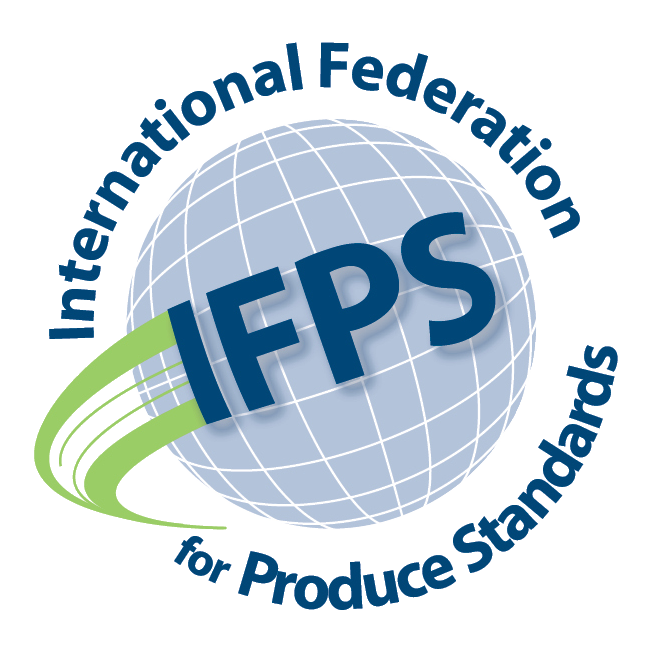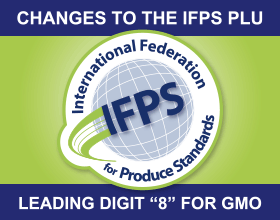
PLU Codes
What is a PLU Code?
PLU or Price Look Up codes have been used by supermarkets since 1990 to make check-out and inventory control easier, faster, and more accurate. PLU codes are used to identify bulk produce (and related items such as nuts and herbs). They tell the supermarket cashier whether an apple is a conventionally grown Fuji apple which may sell for $1.29 per pound versus an organically grown Fuji apple which may sell for $2.29 per pound. IFPS is the global organization that assigns PLU codes to produce items.
In 2001, the national users of PLU codes for produce met and formed a group to administer PLU codes at a global level. That group, now the IFPS, continues to address harmonization of the international PLU codes for fresh, loose produce items and is a forum for other standardisation efforts impacting the produce sector.
To access the existing globally-used PLU codes for fresh produce, refer to the PLU Codes Search Page of this site.
If you are interested in applying for a new PLU code, please review the assignment Criteria and Application.
PLU codes are 4 or 5-digit numbers and appear on a small sticker applied to the individual piece of fresh produce. The PLU number identifies produce items based upon various attributes which can include the commodity, variety, growing methodology (e.g., organic), and size. These numbers are assigned by the IFPS after rigorous review at both national and international levels. PLU codes ensure that the accurate price is paid by consumers by removing the need for cashiers to identify the product and whether or not it is conventionally or organically grown.
The 4 and 5-digit PLU codes for produce are randomly assigned within a series of numbers within the 3000, 4000, 83000, and 84000 series. 83000 and 84000 will be assigned after the 3000 and 4000 series are exhausted. There is no intelligence built into the code. For example, no one number within the 4-digit number represents anything in particular. The 4-digit codes are for conventionally grown produce. 5-digit codes using the 3000 and 4000 series are used to identify organic produce. The prefix of '9' would be placed in front of the 4-digit conventionally grown code for organic produce. You will not see the organic 5-digit codes in the PLU codes database since they are simply prefixes added on to the conventionally grown produce PLU codes.
Because there is a limited, reserved range of numbers available for the assignment of harmonized IFPS PLU codes, the codes used must be those listed in the database and designated as Retailer Assigned - they can not be randomly chosen. Unassigned PLU codes are reserved for use by the IFPS Board in the assignment of new numbers.
The PLU coding system is voluntary and not mandated by any governing body. There are currently over 1400 PLU codes issued for fresh produce and produce related items.
Each user of the Price Look Up (PLU) Codes assumes all risk and responsibility for their use. Use of PLU Codes is with the understanding that IFPS accepts no liability whatsoever for any direct, indirect, special, or other consequential damages of whatever kind resulting from whatever cause through the use of the PLU Codes or any information therein, even if IFPS has been advised of the possibility of such damages.
For further information or questions regarding PLU codes, please refer to the Resources Page or email plu@ifpsglobal.com.



